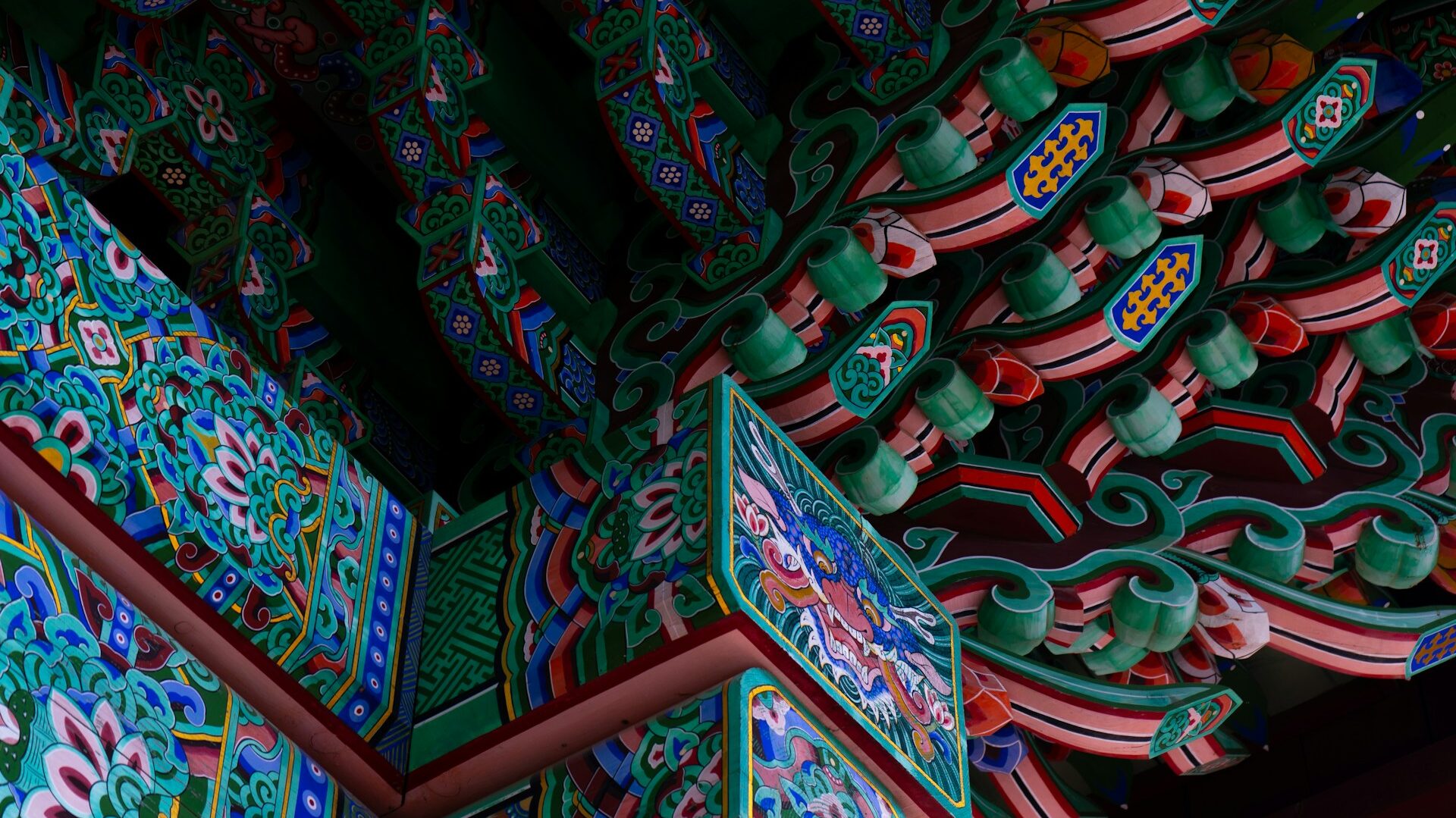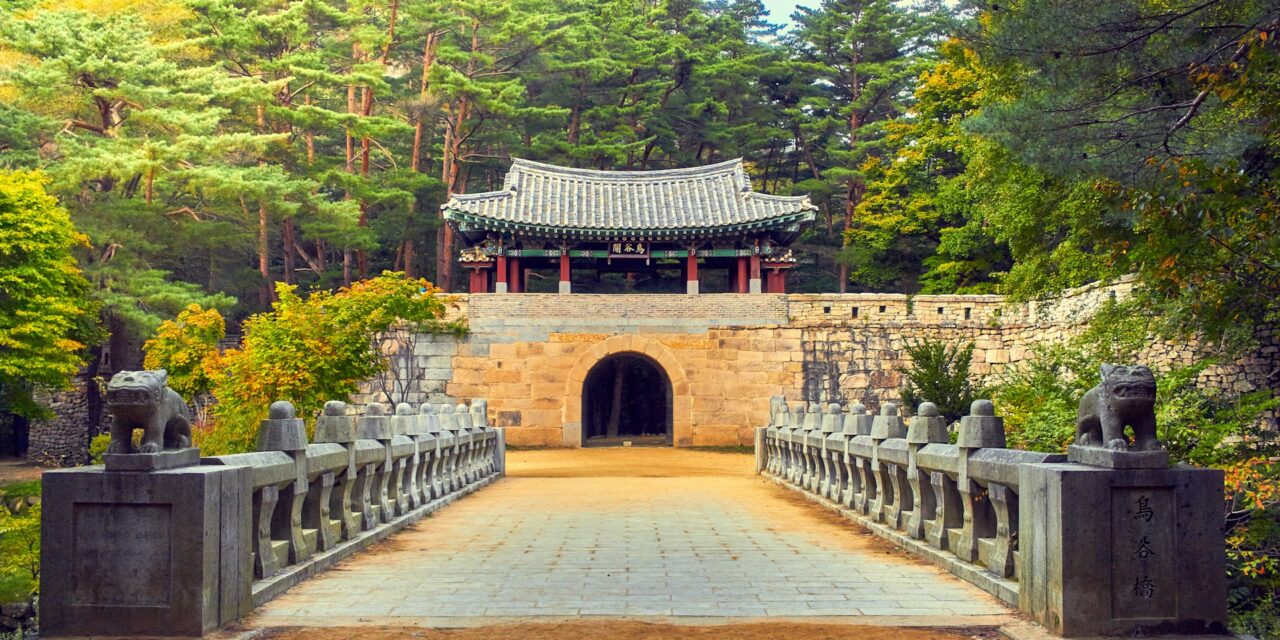In the heart of Korea’s lush landscapes, where ancient traditions meet modern environmental challenges, there lies an opportunity for travelers to immerse themselves in an experience that combines cultural heritage with a deep commitment to preserving our planet.
This summer, as temperatures soar, consider a tranquil escape to the serene Buddhist temple groves, where the centuries-old traditions merge with contemporary efforts to combat climate change.
Discovering the sacred groves of South Korea

Buddhist temple groves, often tucked away in the countryside in Korea’s mountainous landscape, are not just places of worship; they are living embodiments of Korea’s rich cultural heritage.
These ancient forests offer a sanctuary for their visitors and a powerful reminder of the harmonious relationship between humanity and nature.
One such grove can be found at Bulhoesa Temple in Naju, near the southern tip of South Korea, where visitors can explore nature and the Buddhist tradition concurrently.
The temple, nestled among towering trees and verdant landscapes, is one of those hidden gems that offer a perfect retreat from the hustle and bustle of modern city life.
Two stone jangseung, or traditional village guardians, stand watch at the temple’s entrance. According to legend, placing your fingers in the nostrils of the male jangseung is said to bring you love soon after – a testament to the blend of spirituality and folklore that defines the temple’s charm.
Leading the way in environmental stewardship
This year, Bulhoesa Temple is the site of a special event aimed at highlighting the importance of Buddhist temple groves in environmental conservation.
Venerable Beomjeong, affectionately known as “Kkot Seunim” or “Flower Monk,” has been appointed as the ambassador for Buddhist Natural Heritage. “Venerable” is an honorific title used for Buddhist monks and nuns, showing respect for their spiritual status and achievements.
Kkot Seunim, a revered Buddhist teacher, is drawing attention to the ecological value of these groves, where Buddhist temple groves are not only spiritual retreats but also vital ecosystems.
These ancient forests boast significantly higher carbon storage capacity compared to urban green spaces, making them crucial in the fight against climate change. They also offer a cool sanctuary to those who are out and about in the summer heat.
“The Poetic Breeze Blowing Through the Temple Grove in Midsummer”

On Tuesday, visitors to Bulhoesa Temple participated in a grove walk led by Kkot Seunim, designed to offer a deeper understanding of the temple groves’ ecological and spiritual significance.
The event, titled “The Poetic Breeze Blowing Through the Temple Grove in Midsummer,” was not just a walk through nature, but a guided experience in K-Buddhist meditation and mindfulness.
Participants had the chance to engage in meditative practices that calm the mind and restore the spirit, surrounded by the grove’s natural beauty.
The event also featured a unique poetry session where attendees could express their reflections and emotions inspired by the serene environment. This combination of meditation and creative expression allows for a holistic experience that nurtures both the body and the mind.
This is the sort of experience that visitors can expect when either just visiting one of the many temples in South Korea, or if they choose to participate in a temple-stay experience offered around South Korea.
Cultural heritage meets eco-tourism
The event at Bulhoesa Temple was part of a broader initiative by the Korea Heritage Service to promote the integration of cultural heritage and environmental stewardship.
Through partnerships with organizations like the religious, nonprofit, broadcasting organization, Buddhist Broadcasting System, and educational institutions like Mokpo National University.
The KHS is working to raise awareness about the importance of preserving these natural spaces through cultural tourism.
Travelers participating in the event not only learned about the cultural and ecological significance of the temple groves but also contributed to the revitalization of local communities.
Engaging with local residents and fellow travelers, visitors will become part of a growing movement that recognizes the value of combining travel and the preservation of cultural and natural heritage.
Combining travel with purpose
For those looking to combine travel with purpose, a visit to Bulhoesa Temple, or any of South Korea’s temples, offers an enriching experience that goes beyond the typical tourist itinerary.
Whether you are a seasoned traveler or new to the concept of eco-tourism, this journey into Korea’s Buddhist temple groves provides a unique opportunity to explore the intersection of cultural heritage and environmental conservation.







